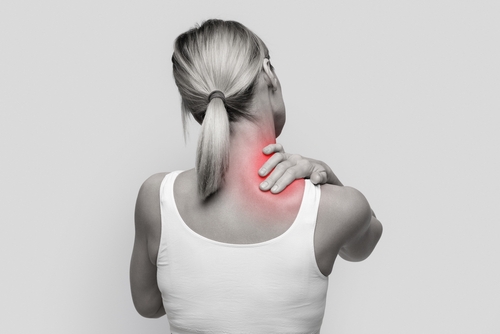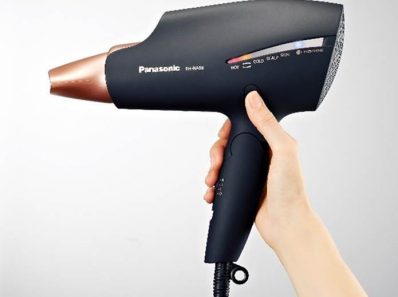Sufferers of gut health issues such as IBS, Crohn’s Disease, bloating or general digestive issues, often find themselves grappling with an unexpected and unwelcome companion: back pain.
While the link between these two conditions exists, it’s essential to recognize that the culprit isn’t always the gut issue itself. Instead, our posture and coping mechanisms play a significant role in exacerbating lower back pain.
Mr Michael Fatica from online, back rehabilitation program, Back in Shape, says: “While it is well-known that inflammation in the gut lining causes reflex spasm of the muscles in the back, leading to problems with stiffness and alignment, many people are unaware of how the way we use our back and the postures we adopt in response to gut issues can make lower back pain worse. Often, this is by far the overriding factor.
“Gut issues can encompass a whole myriad of symptoms, but the common and natural response for all sufferers is to manage the pain and discomfort by adopting a ‘rounded’ and ‘forward-bending’ position. For example, when straining to vomit or curling up in bed clutching the stomach – the position is always the same. This flattens and ‘squashes’ the discs in the spine, eliminating its natural ‘arch’, causing back pain to worsen.”

Michael says the majority of people already adopt this posture for extended periods on a daily basis: “95% of back issues among my patients originate from the lower section of the lumbar spine – L4/5 and L5/S1. This is the area of the spine where most pressure is placed as a result of sitting for extended periods, whether working at a desk, driving a car, or relaxing on the sofa in the evenings. Unfortunately, forward-bending and rounding of the lower back is now very much part and parcel of daily life, making the back far more vulnerable and prone to injury. For those with gut issues, the problem is exacerbated even further.”
Michael recommends the following strategies to help immediately off-set some of the pain experienced during a gut ‘flare up’:
- Towel Stretch – Lie on the floor with your knees bent and place a small towel, rolled tightly, under the lower back to support the natural arch and prevent strain focusing disproportionately on the lower lumbar spine. This stretch helps to take pressure off these lower discs and restore natural lordosis.
- Bed decompression – Lie straight across the bed on your tummy with your armpits lined up with the edge of the bed, arms dangling down. Then use your upper arms against the side of the bed to gently stretch your lower back for approximately 20 seconds. This is a really effective way to decompress your spine.
- Contrast warm bathing with icing – Bathing will help relax stiff muscles and joints in the lower back area by stimulating blood flow. It can also help reduce the likelihood of muscle spasms and encourage tissue healing in damaged muscles. Icing can significantly help reduce inflammation of the muscles. A combination of the two is recommended for optimum results, especially after sitting with your back ‘warming’ as it’s pressed against the back of a chair before bed.
- Gentle massage to the back muscles — If you’re experiencing further stiffness in the low back you can also make use of home massage devices, such as massage guns, on the muscles of the lower back to ease tension and discomfort effectively without the need for ‘bad’ stretches such as those mentioned below. Even a 2-3 minute massage on the back muscles can provide some quick easing of muscle tension and stiffness.
Perform the above at regular intervals throughout the day for maximum effect and to help keep symptoms at bay.
Michael is keen to highlight two popular exercises many perform for relief that can actually worsen back pain as they involve ‘rounding’ the back, and should be avoided at all costs:
- Child’s Pose — Where you curl up on your knees and round the lower back, common place in yoga and pilates classes in particular.
- Knee Hug — Lying on your back and hugging the knees towards the chest, a stretch commonly prescribed for back pain.
Recent research highlights how 58% of people in UK have experienced gut health problems, and of those who are also living with back pain, their recovery will be significantly affected. “Poor gut health is a real disadvantage for those living with back pain as it can delay their recovery by aggravating an existing lower back issue,” adds Michael.
“Diet and gut health are key to creating and maintaining optimal health and the benefits for those with underlying back issues cannot be underestimated. I would urge those with either issues to be aware of flexion and ‘forward-bending’ movement when experiencing a gut flare-up and perform the recommended strategies – in combination this should help ensure the best possible recovery.”



